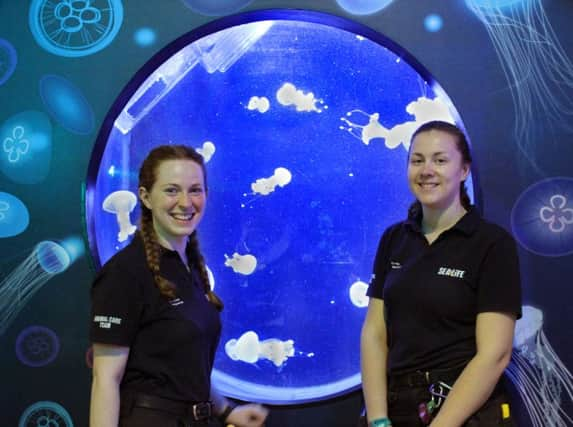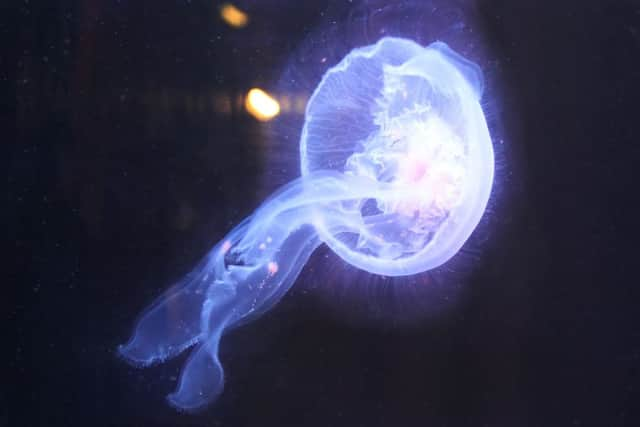Brighton '˜jellyfish midwives' complete training at Sea Life Centre
This article contains affiliate links. We may earn a small commission on items purchased through this article, but that does not affect our editorial judgement.


Since joining the team to support the centre’s jellyfish, the aquarists have been specially-trained by expert and senior Sea Life aquarist Joe Williams in all things jellyfish related, including general husbandry, water changes, cleaning and quality checks, as well as health checks, feeds, breeding and caring for baby jellyfish.
Following their graduation, the aquarists are ready take care of the aquariums’s jellyfish breeds including moon jellies, North Pacific sea nettles and white spot jellies.
Advertisement
Hide AdAdvertisement
Hide AdJoe Williams, senior Sea Life aquarist, said: “The team are on their way to cracking the jellies’ ideal living conditions, which is not always easy, so I’m confident that they have graduated to become the best jellyfish breeders in town. Our graduate aquarists even hand feed all of the white spot jellyfish and sea nettles with artemia, red plankton and krill, which ensures they all get the right amount of food.”


Emily Allen, Sea Life Brighton aquarist, said “We have absolutely loved our training and looking after these fascinating creatures. Joe has prepared us with a crash course in jellyfish midwifery and I’m looking forward to seeing the breeding programme progress. The jellyfish have grown considerably since we have received them and we are hopeful that the moon jellyfish will breed soon.”
Jellyfish use a ‘zeitgeber’ to breed, an external cue that aligns their biological rhythms to the earth’s 24-hour cycle, which aquarists will have to work out how to replicate, to encourage jellyfish breeding.
Sea Life Brighton said by breeding jellies in controlled conditions, experts gain a deeper understand of their cycles, life histories and breeding processes, in order to help conservation efforts and benefit the environment.
Advertisement
Hide AdAdvertisement
Hide AdA spokesman added: “Unlike many marine populations which are suffering due to environmental damage caused by humans, we are seeing more blooms of jellyfish than ever. Increased jellyfish populations in the wild causes them to outcompete other animals for food, creating a negative effect on ecosystems. They also produce a slimy waste which, unlike other creatures’ waste, feeds little in the ocean and has limited biological benefit.”
The recent heatwaves mean moon jellyfish could be spotted around Brighton Marina, or under the pier as they try to shade from the sun.
The hot weather also causes a spike in the amounts of zooplankton and phytoplankton in the sea, which the jellyfish eat, keeping the local jellies well fed, the aquarium experts said.
To find out more about the jellyfish and other creatures at Sea Life Brighton, visit: visitsealife.com/brighton
Related stories: